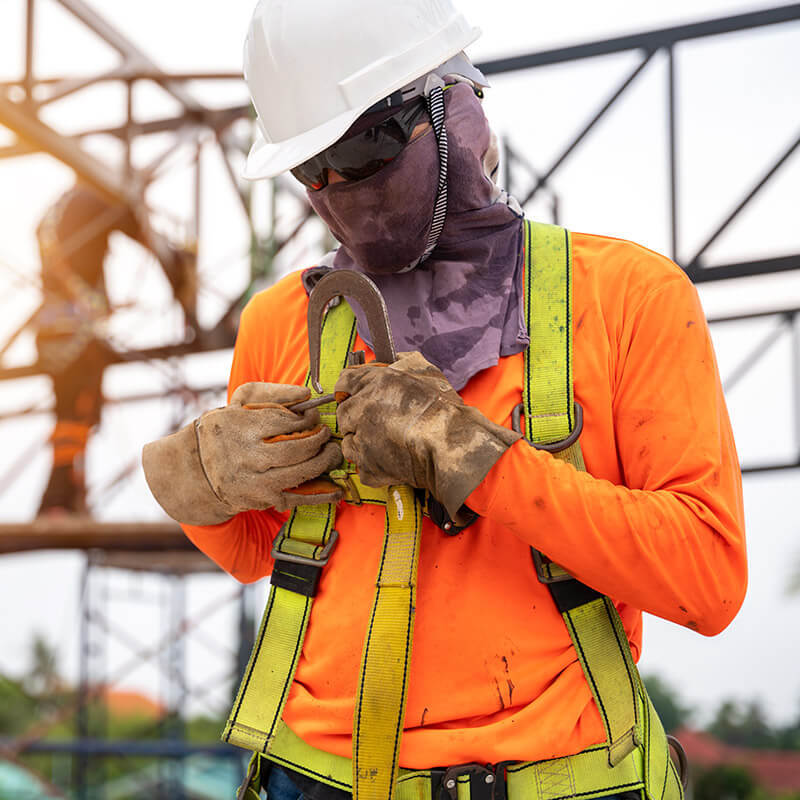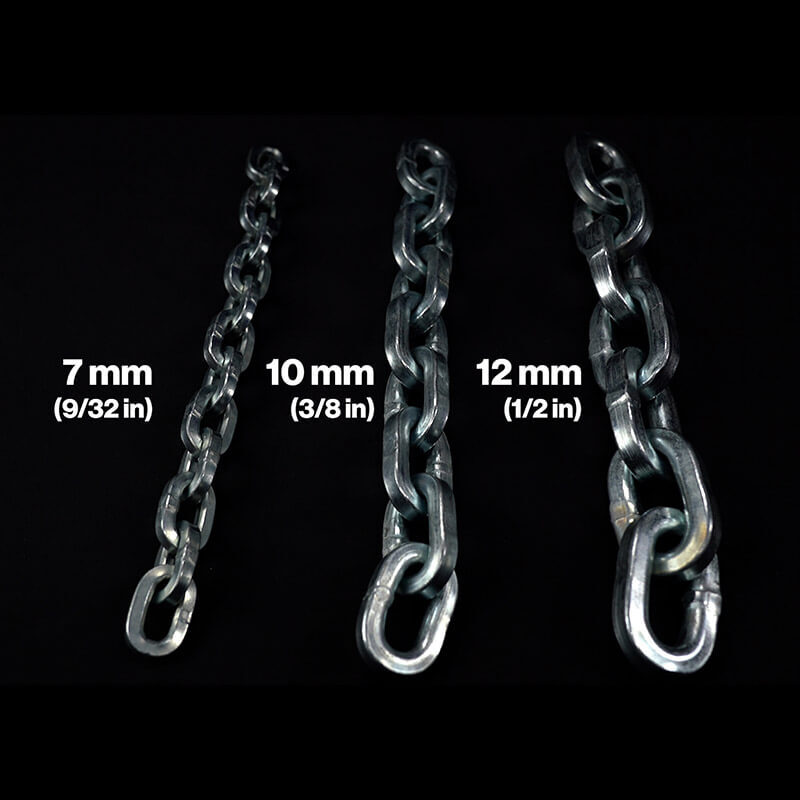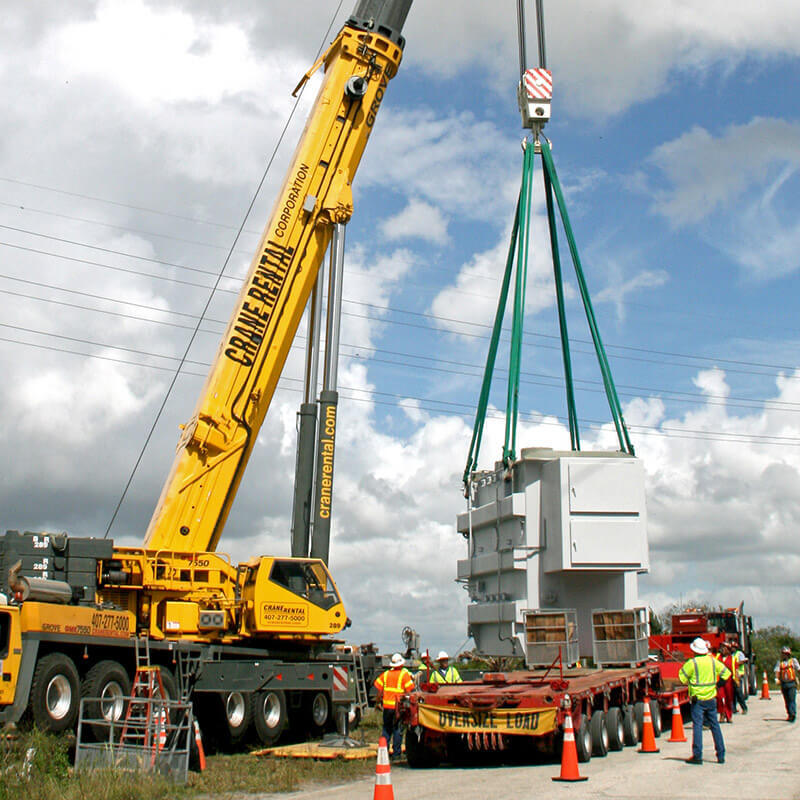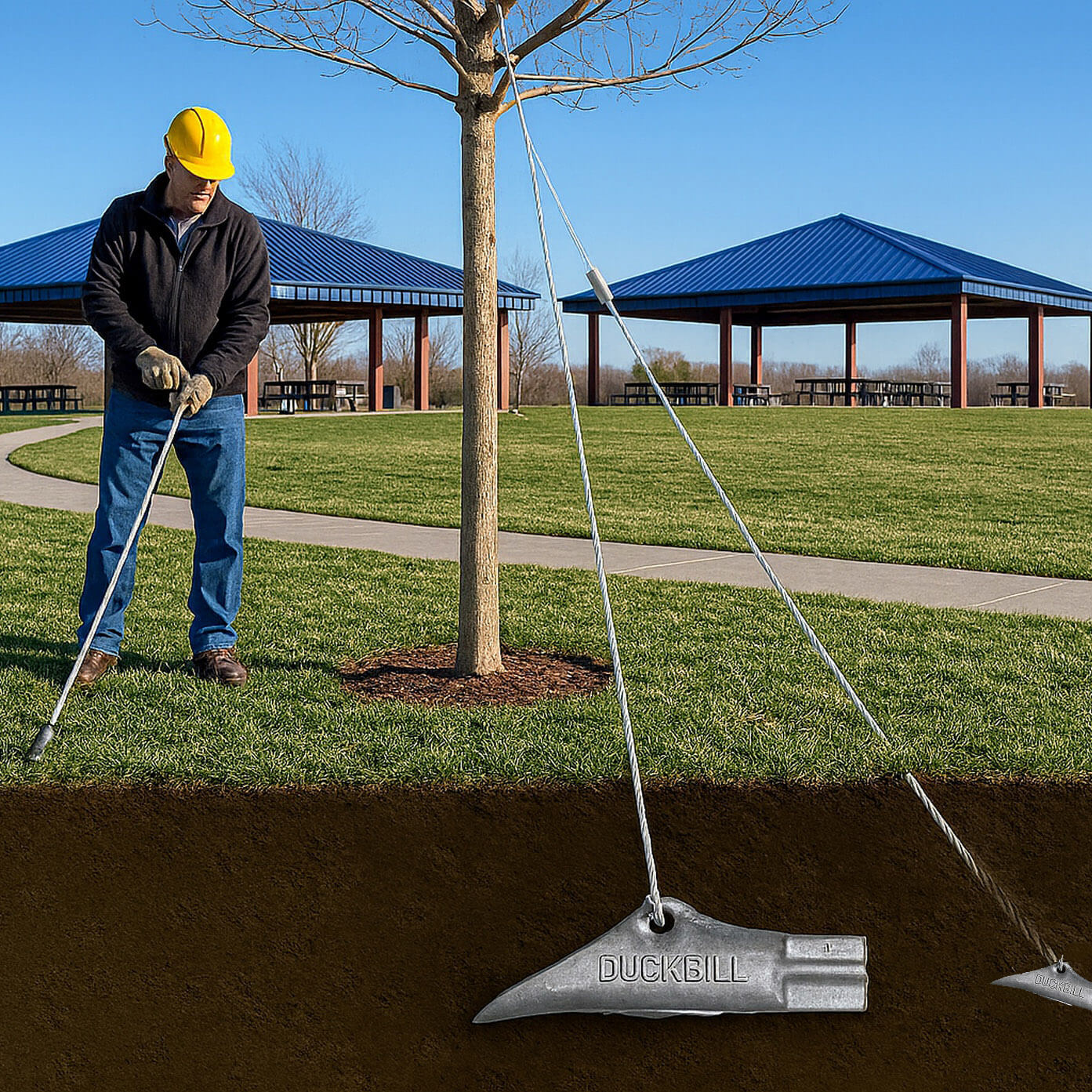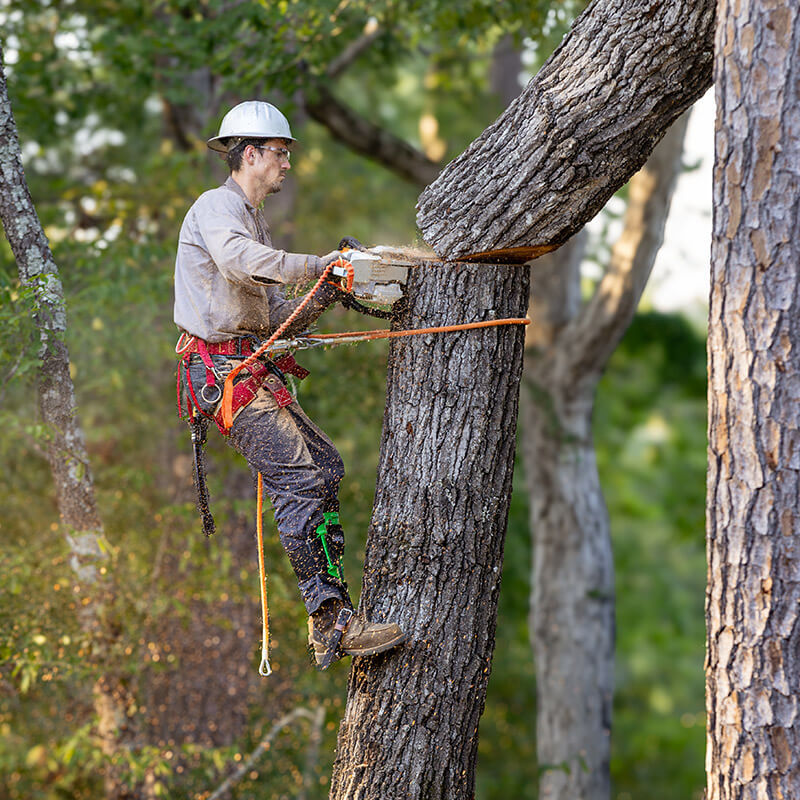What Tools Are Needed for Rigging?
Proper tools aren’t optional—they’re essential for safety and regulatory compliance. This guide breaks down the core rigging gear and explains why each item matters.
1. Wire Rope & Synthetic Slings
- Wire rope slings offer high strength and durability—ideal for heavy loads.
- Synthetic slings (polyester or nylon) are lightweight, flexible, and non‑abrasive.
- Both must comply with ASME B30.9 for sling safety and load rating.
Shop slings: Wire Rope Slings, Synthetic Web Slings
2. Shackles & Hooks
- Bow shackles and D-shackles are regulated under ASME B30.26 and essential for versatile rigging connections.
- Eye hooks and swivel hooks must meet load classifications and latch standards per ASME.
Shop hardware: Shackles & D‑rings, Hooks & Latches
3. Turnbuckles & Eye Bolts
- Used for tensioning lines and securing anchor points in rigging setups.
- Manufactured to ASME B30.26 tolerances and typically labeled in compliance with ANSI standards.
Shop accessories: Turnbuckles, Eye Bolts & Lag Bolts
4. Load Binders & Tensioning Tools
- Lever and ratchet load binders keep trailers and cargo secure—ensure they’re rated and marked per OSHA trolley and securement rules.
Shop load binders: Load Binders & Chains
5. Material Handling Aids
- Items like lifting beams, spreader bars, padded lifting hooks, and pipe hooks protect loads and improve stability.
Shop material handling: Spreader Bars, Lifting Beams & A-Frames
Real-World Scenario
During a structural steel installation, a rigger might use:
- Wire rope sling (ASME B30.9)
- Bow shackle (ASME B30.26)
- Turnbuckle (for tensioning bracing)
Together to lift and position a beam. The process, overseen to meet OSHA 1926 safety regulations, ensures both load control and worker safety.
Conclusion
When it comes to rigging, the right tools are non-negotiable. From wire rope slings to lifting beams, each component plays a critical role in maintaining structural stability and job site safety. With compliance to OSHA, ASME, and ANSI standards, and the support of trusted products from Bishop Lifting, your team can work with confidence and precision. Explore our full catalog at Lifting.com to equip your crew with the best in rigging and lifting solutions.
Frequently Asked Questions (FAQs)
What tools are needed for rigging?
Essential rigging tools include wire rope slings, synthetic slings, shackles, hooks, turnbuckles, eye bolts, load binders, spreader bars, and lifting beams. Each is used to safely secure, lift, or move heavy loads.
What is the difference between rigging and lifting?
Rigging is the process of preparing and securing a load for movement. Lifting refers to the actual act of moving the load using equipment like cranes or forklifts.
How are wire ropes used in rigging operations?
Wire ropes stabilize and support heavy loads. They’re typically connected using shackles and hooks and must meet OSHA standards for construction and load handling.
What types of rigging hooks and shackles are used?
Common options include eye hooks, choker hooks, bow shackles, and D-shackles. The choice depends on load type, configuration, and safety requirements as defined by ASME B30.26.
Why are slings important, and what types are available?
Slings distribute load weight evenly during lifts. Options include wire rope slings, polyester web slings, round slings, and chain slings—each with specific advantages depending on the application.
What role do pulleys and blocks play in rigging?
They reduce friction and lifting force, guide wire ropes, and allow for multi-angle load movement. They’re key to balanced, controlled lifts.
Is Palmer Safety OSHA Compliant?
Nov 3rd 2025
What’s the Hardest Chain to Cut?
Oct 20th 2025
What are the most common tools used in rigging?
Oct 13th 2025
What Is the Strongest Security Chain?
Oct 7th 2025
Are Pewag Chains Good?
Oct 3rd 2025
What Are DuckBill Anchors Used For?
Sep 26th 2025
What is a Tree Climbing Harness Called?
Sep 22nd 2025
How Long Are DBI-SALA Harnesses Good For?
Sep 16th 2025
Bishop Lifting Expands to the Midwest with Acquisition of American Rigger’s Supply
Sep 5th 2025


